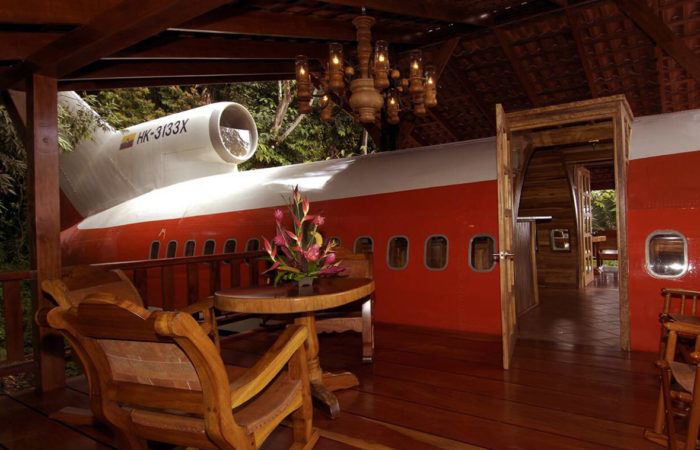
Australian Space Architecture Challenge first prize design Umbra.
An international contingent of applicants has unveiled their futuristic designs of deep-space human habitats as part of the Australian Space Architecture Challenge (ASAC).
ASAC, which is now in its second year, was created by Dr Amit Srivastava of the University of Adelaide's Andy Thomas Centre for Space Resources (ATCSR).
Taking home first prize was the Umbra project, created by Alma Kugic, Denis Acker, Finley Wallace, Victor Ramirez and Nicholas Florio of the University of Stuttgart, Germany.
Zhelun Zhu, Weiyi Wang, Ke Yan and Xinle Tian from the Xi'an Jiaotong-Liverpool University, China, came second with their project titled Moon Metabolism, while Samer El Sayary of Alexandria University, Egypt, and Ihab Shamseldin from Sydney came third with Lunar Colony Reefs.
"Space Architecture has been a research theme since the centre's inception in 2019, conducting research on habitation in extreme environments," says Dr Srivastava, Head of the Lunar Architecture Research Group with ATCSR.
"With the launch of the EXTERRES Roseworthy Analogue in April 2024 and CRATER (Covered Regolith Analogue Terrain for Experimental Research) in 2025, there are more facilities and opportunities for research in this area.

Australian Space Architecture Challenge second prize design Moon Metabolism.
"The ASAC is endorsed by the Australian Space Agency and aligns with the Australian Civil Space Strategy and the Moon to Mars initiative to advance Australia's position in the global space economy."
The inaugural challenge had more than 80 team registrations. This year, 110 teams from across the world engaged in the event.
This year's theme, 'Built on the Moon', required participants to create the Central Operations and Habitat Zone of the Australian Lunar Village - a permanent lunar settlement planned for the elevated ridgeline of Malapert Massif, near the Moon's South Pole.
"The competition this year was focused on industry integration, and we partnered with four Australian construction and robotics companies involved in lunar construction to showcase our homegrown capabilities," says Dr Srivastava.
"This included Crest Robotics and Earthbuilt (working on a new robot with a $500,000 grant from theNSW Government), Luyten3D (Australia's biggest manufacturer of 3D concrete printing machinery), 3VIMA (Sydney-based 3D concrete printing construction company) and Astroport Space Technologies (South Australia-based company developing construction material from lunar regolith and other lunar construction machinery)."

Australian Space Architecture Challenge third prize design Lunar Colony Reefs.
"Participants were invited to explore how Australian capabilities address NASA's highest priority technology gaps, including how Additive Manufacturing and Robotic Construction can be leveraged for In-Situ Resource Utilisation (ISRU) and Waste Recycling."
This year's event aligns with the timing of the International Astronautical Congress (IAC) being held in Sydney, Monday, 29 September to Friday, 3 October.
The winning entries will be displayed at a public exhibition as part of the Space Architecture Symposium (SAS), an official IAC adjacent event, organised by the ATCSR on Saturday, 4 October.
It is the first time the SAS will be held in Australia and will showcase the best of global talent in space architecture featuring public talks from the world leaders in this emerging field.






